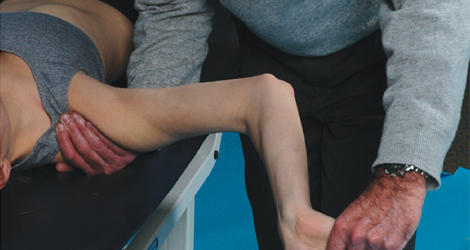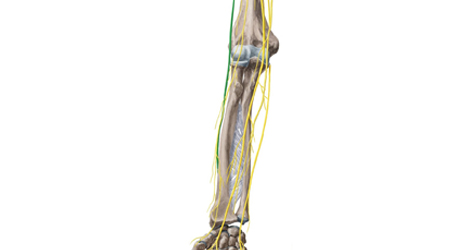Nerve gliding techniques (also known as neural flossing or nerve stretching) are the maneuver or exercises that aim to restore mobility and function of the peripheral nerves. When a nerve is entrapped or injured, it won’t be able to glide normally through the surrounding sheath which can cause a sharp pain. Nerve gliding techniques aim to mobilize the nerve along its sheath from its source at the spinal cord to its endpoint in the hands or feet. These techniques will release the mechanical restriction from scarring or adhesions, improve the nutrition at the nerve, remove the inflammatory chemicals from around nerves and normalize the pressure in injured nerves.
Phone: 905-615-1414
Opening Hours
| Tuesday – Friday | 9AM – 8PM |
| Saturday | 9AM – 5PM |
| Sunday – Monday | Closed |


